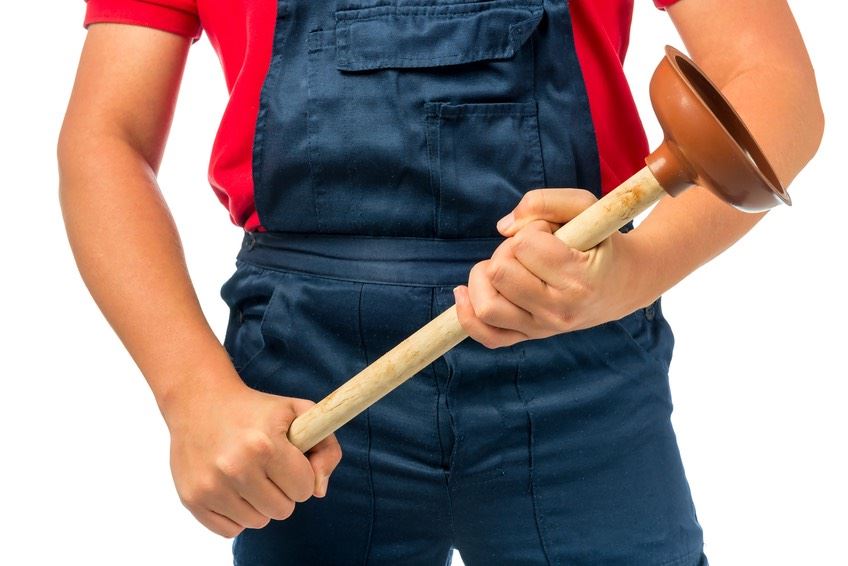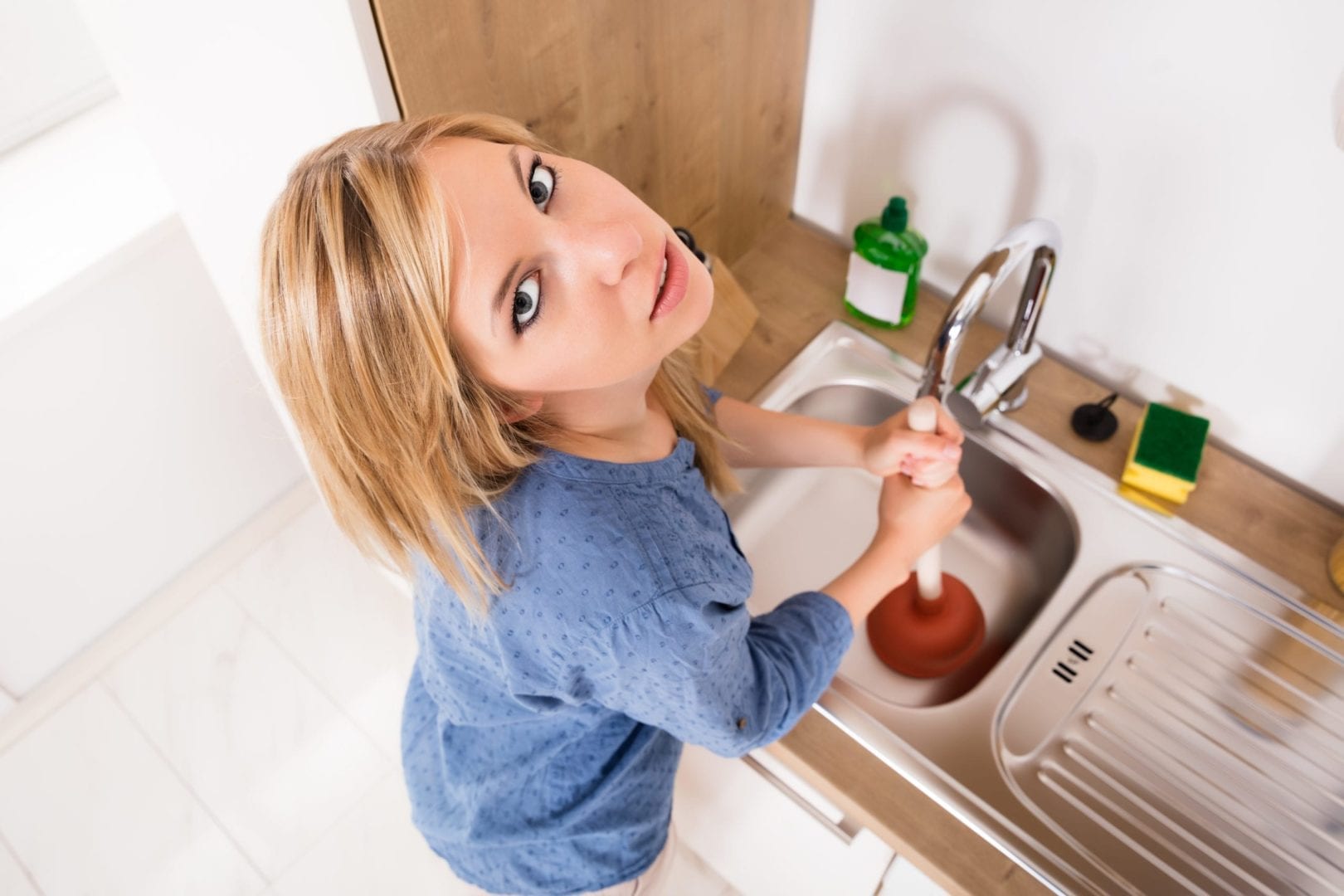Efficient Plungers and Drain Cleaner Methods: Key Practices
Efficient Plungers and Drain Cleaner Methods: Key Practices
Blog Article
How do you really feel with regards to A Guide to Plungers (and How to Use Them)?

Intro
Correct upkeep of family drains pipes is important for avoiding blockages and ensuring smooth water flow. One of the trick devices in every property owner's toolkit is the bettor, together with various drain cleansers made to tackle persistent blockages effectively. This article checks out exactly how to make use of bettors and drain cleansers successfully to keep your drains pipes moving easily.
Area 1: Understanding Bettors
Types of Plungers
There are several kinds of bettors offered, each created for different types of drains and obstructs. One of the most common types consist of mug plungers, flange plungers, and accordion bettors.
How Plungers Job
Plungers service the concept of producing pressure and suction to remove blockages. When properly applied over a drainpipe, they develop a vacuum cleaner that can take out particles or break up blockages.
Selecting the Right Bettor
Selecting the right bettor relies on the type of drain and the nature of the clog. Mug plungers are ideal for sinks and tubs, while flange bettors are much better suited for toilets as a result of their style.
Usual Errors with Plungers
Preventing these errors guarantees efficient plunging: inappropriate seal around the drainpipe, insufficient pressure, and not clearing bordering particles.
Area 2: Utilizing Plungers Effectively
Prep work
Prior to diving, make sure the plunger covers the drainpipe totally and creates a tight seal. Clear any kind of visible particles around the drain opening.
Method
Begin with mild plunging movements to build suction. Increase stress progressively, using a steady rhythm. Repeat as essential till the drain removes.
Fixing Tips
If plunging does not work, try changing the seal, applying petroleum jelly for a much better seal, or using a different kind of bettor.
Area 3: Recognizing Drainpipe Cleaners
Kinds Of Drain Cleaners
Drain cleaners can be chemical or chemical. Chemical cleaners use strong chemicals to liquify clogs, while enzymatic cleansers make use of all-natural enzymes to break down organic matter.
Just How Drain Cleaners Work
Chemical cleaners react with clogs to liquify them, while enzymatic cleaners break down organic products like hair and grease without damaging pipes.
Security Considerations
Constantly put on gloves and eye defense when making use of chemical drainpipe cleaners. Guarantee appropriate air flow and follow producer guidelines meticulously.
Eco-Friendly Alternatives
Think about making use of vinegar and cooking soft drink or enzyme-based cleaners for green choices that are safer for pipelines and the setting.
Section 4: Using Drainpipe Cleaning Company Efficiently
Application Strategies
Put chemical cleansers directly into the drain opening. Allow them to help the suggested time before purging with warm water. Chemical cleaners ought to sit overnight.
Safety measures
Avoid mixing various types of cleaners, as this can generate toxic fumes. Never make use of chemical cleaners along with a plunger, as splashing can take place.
Taking Care Of Stubborn Obstructions
For relentless clogs, think about utilizing a pipes snake or calling an expert plumbing technician to stop damage to pipelines.
Verdict
In conclusion, understanding exactly how to use bettors and drain cleansers properly is vital for maintaining healthy pipes systems. By picking the right tools and methods, property owners can deal with small obstructions and stop major plumbing concerns down the line.
How To Properly Use A Plumbing Snake To Clear Drains
When any drain clogs in our home arise, we tend to gravitate toward the plunger and little else. In cases where the plunger and its vacuum-created pressure are not able to clear clogs, many immediately move to harmful chemicals or simply call their plumber to fix the issue.
we’re happy to help with all drain cleaning needs and concerns. This includes informing you on a few other home remedies you may have at your disposal for minor to moderate clogs, one of which is the use of a plumbing snake. Many people have never used one of these before – let’s go over the steps to take when your drain clogs and you have a plumbing snake available.
Attempt Plunger Use
The first step here, as we noted above, should indeed be to grab your plunger when you notice a drain clog and attempt to resolve it this way. If you’re unsure how to use a particular type of plunger, our plumbers can answer any questions you have. If this doesn’t do the trick, however, you move on to the snake.
Locate And Prepare Snake
A plumbing snake is a metal or plastic device that’s generally about a quarter of an inch thick. It’s design with significant extensions, meant to reach down into your clogged drain and push the clog out. Snakes also contain drain augers that will latch onto and push stubborn blockages.
If your plunger doesn’t clear a clog, locate your snake and bring it to the drain in question. We also recommend keeping a bucket nearby to collect the clog once you pull it out, plus we’d advise wearing goggles and possibly protective gloves.
Feed Snake
Once you’re ready to go, feed the snake slowly down the drain, using the crank device it comes with to keep it moving until it finds the clog. Once this happens, much of the clog will be latched onto the coil so you can pull it out, while the rest will simply break up and flow downward.
Detach Debris
Remove the snake slowly from the drain, and once you’ve done so, pick off any debris that’s stuck to the coil. This is another area where wearing gloves is a must.
Flush Drain
Finally, take a few minutes to ensure the snake has done its job correctly. If you’ve been using it on a toilet, flush the toilet a couple times and make sure everything flows well. If you’ve used it on a different drain, flush it with some room temperature water.
https://www.mybuddytheplumber.com/blog/how-to-properly-use-a-plumbing-snake-to-clear-drains/

Application Strategies
Put chemical cleansers directly into the drain opening. Allow them to help the suggested time before purging with warm water. Chemical cleaners ought to sit overnight.
Safety measures
Avoid mixing various types of cleaners, as this can generate toxic fumes. Never make use of chemical cleaners along with a plunger, as splashing can take place.
Taking Care Of Stubborn Obstructions
For relentless clogs, think about utilizing a pipes snake or calling an expert plumbing technician to stop damage to pipelines.
Verdict
In conclusion, understanding exactly how to use bettors and drain cleansers properly is vital for maintaining healthy pipes systems. By picking the right tools and methods, property owners can deal with small obstructions and stop major plumbing concerns down the line.
How To Properly Use A Plumbing Snake To Clear Drains
When any drain clogs in our home arise, we tend to gravitate toward the plunger and little else. In cases where the plunger and its vacuum-created pressure are not able to clear clogs, many immediately move to harmful chemicals or simply call their plumber to fix the issue.
we’re happy to help with all drain cleaning needs and concerns. This includes informing you on a few other home remedies you may have at your disposal for minor to moderate clogs, one of which is the use of a plumbing snake. Many people have never used one of these before – let’s go over the steps to take when your drain clogs and you have a plumbing snake available.
Attempt Plunger Use
The first step here, as we noted above, should indeed be to grab your plunger when you notice a drain clog and attempt to resolve it this way. If you’re unsure how to use a particular type of plunger, our plumbers can answer any questions you have. If this doesn’t do the trick, however, you move on to the snake.
Locate And Prepare Snake
A plumbing snake is a metal or plastic device that’s generally about a quarter of an inch thick. It’s design with significant extensions, meant to reach down into your clogged drain and push the clog out. Snakes also contain drain augers that will latch onto and push stubborn blockages.
If your plunger doesn’t clear a clog, locate your snake and bring it to the drain in question. We also recommend keeping a bucket nearby to collect the clog once you pull it out, plus we’d advise wearing goggles and possibly protective gloves.
Feed Snake
Once you’re ready to go, feed the snake slowly down the drain, using the crank device it comes with to keep it moving until it finds the clog. Once this happens, much of the clog will be latched onto the coil so you can pull it out, while the rest will simply break up and flow downward.
Detach Debris
Remove the snake slowly from the drain, and once you’ve done so, pick off any debris that’s stuck to the coil. This is another area where wearing gloves is a must.
Flush Drain
Finally, take a few minutes to ensure the snake has done its job correctly. If you’ve been using it on a toilet, flush the toilet a couple times and make sure everything flows well. If you’ve used it on a different drain, flush it with some room temperature water.
https://www.mybuddytheplumber.com/blog/how-to-properly-use-a-plumbing-snake-to-clear-drains/

Hopefully you liked our article on How to Unclog Your Sink with a Plunger. Thanks a ton for spending some time to read through our article post. Sharing is good. You never know, you may very well be helping someone out. We enjoy your readership.
Top Article Report this page